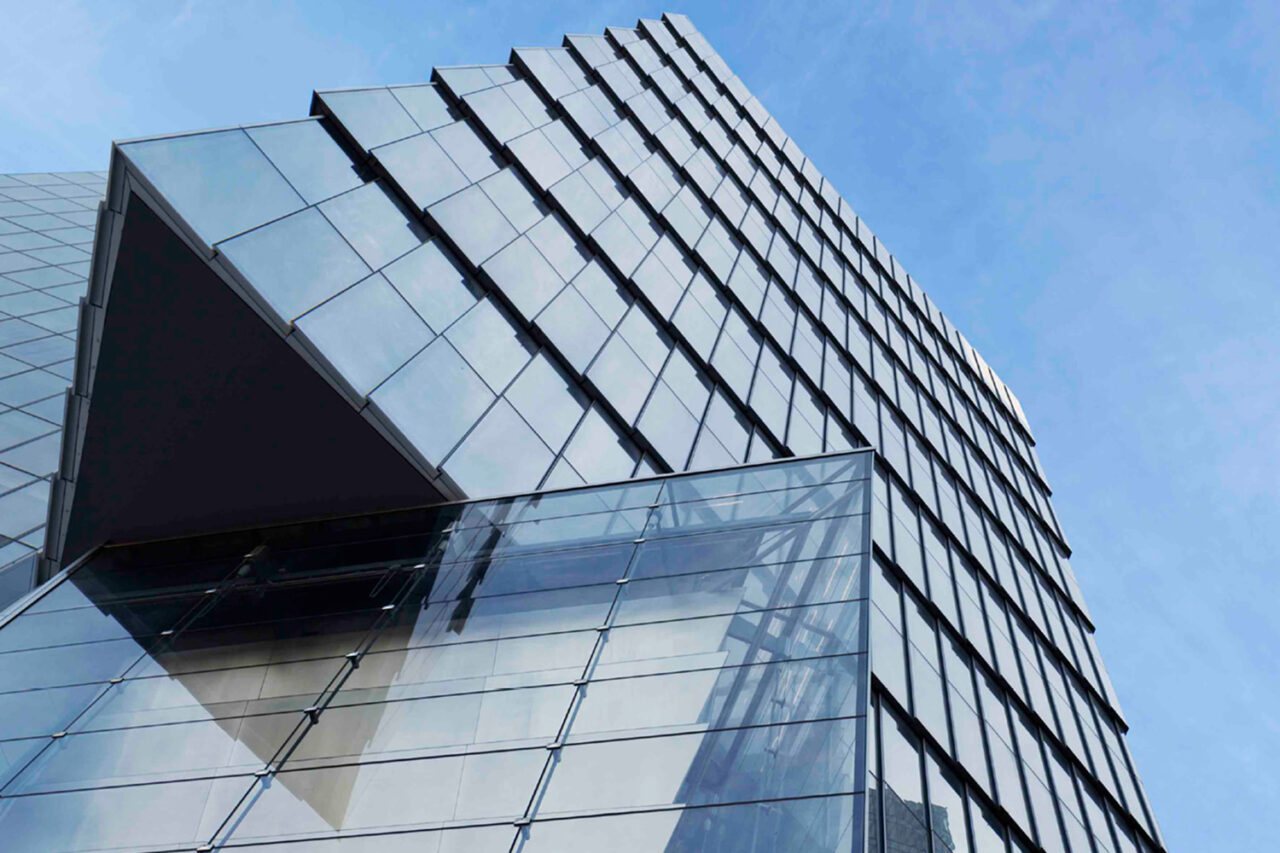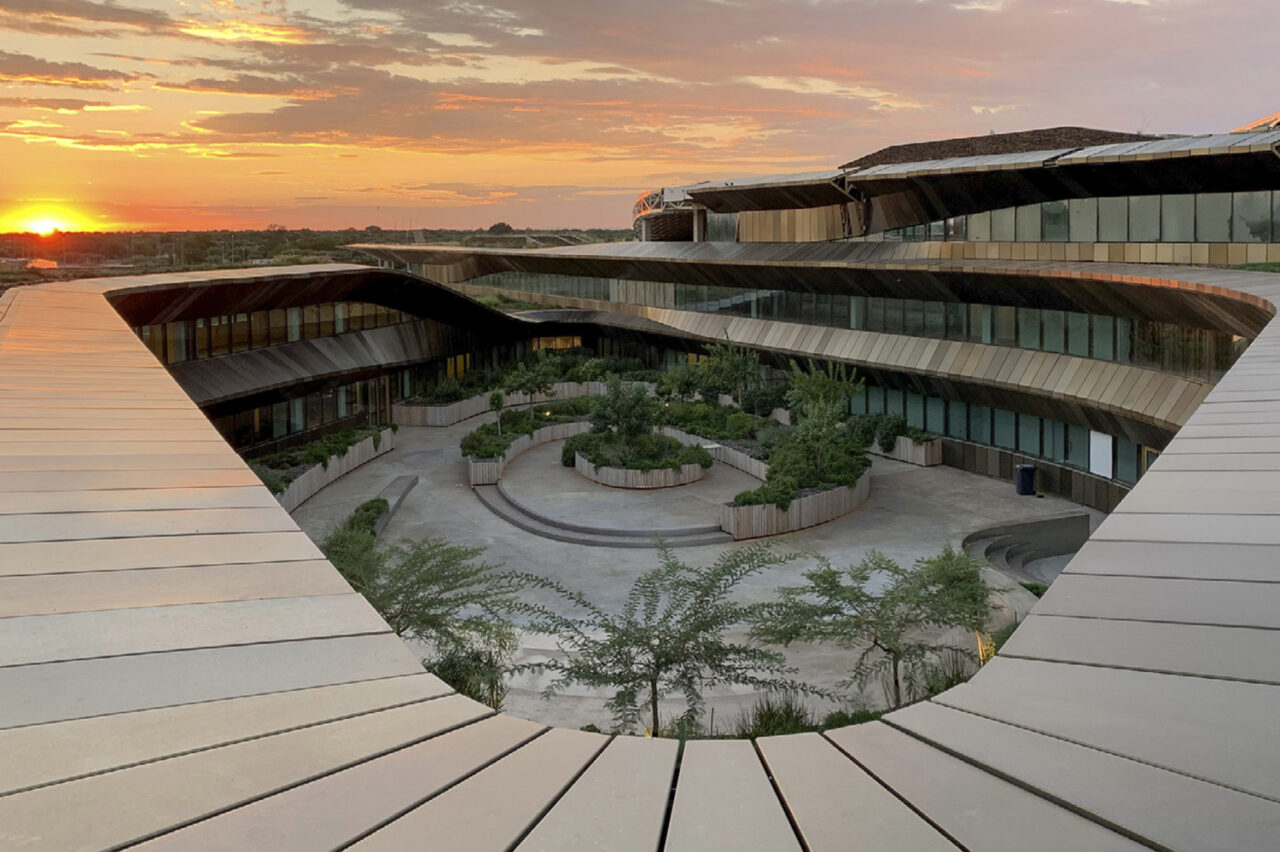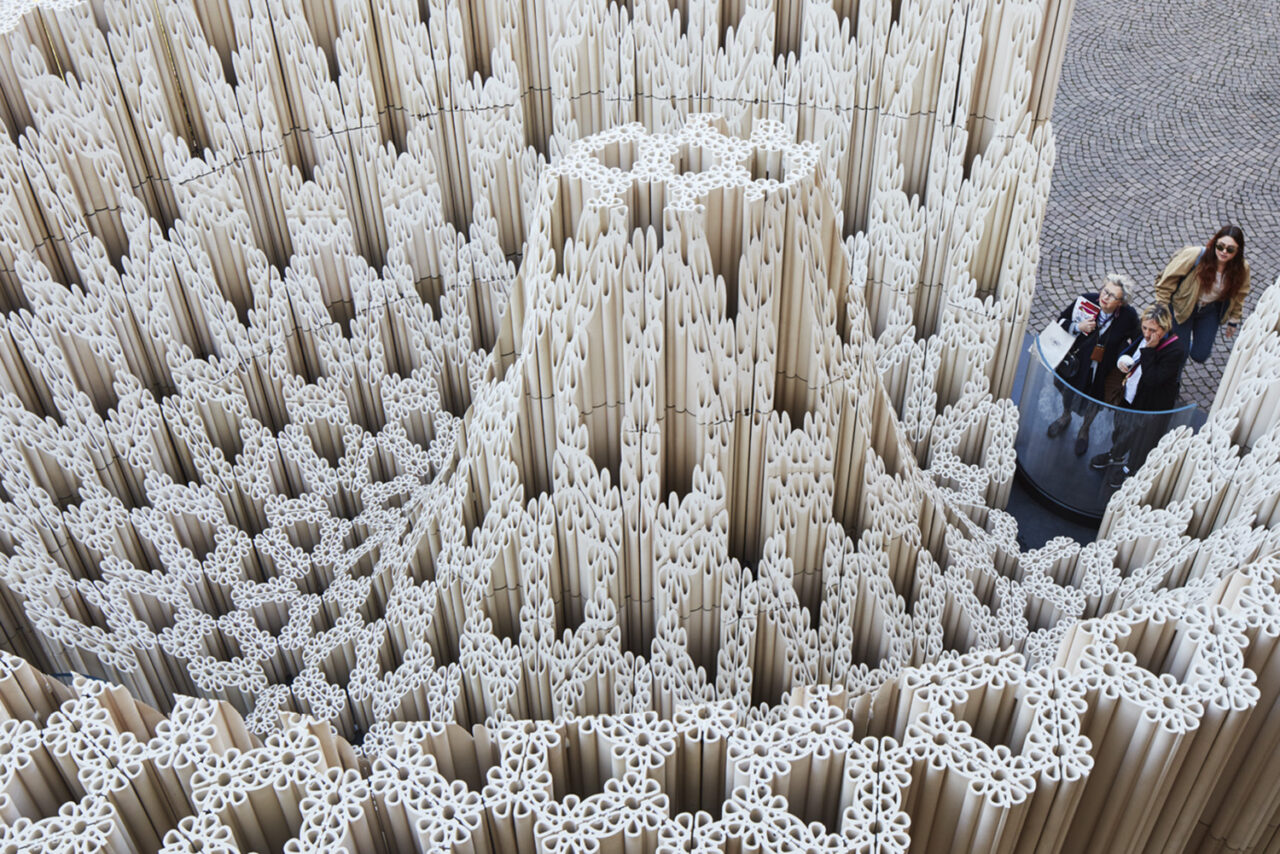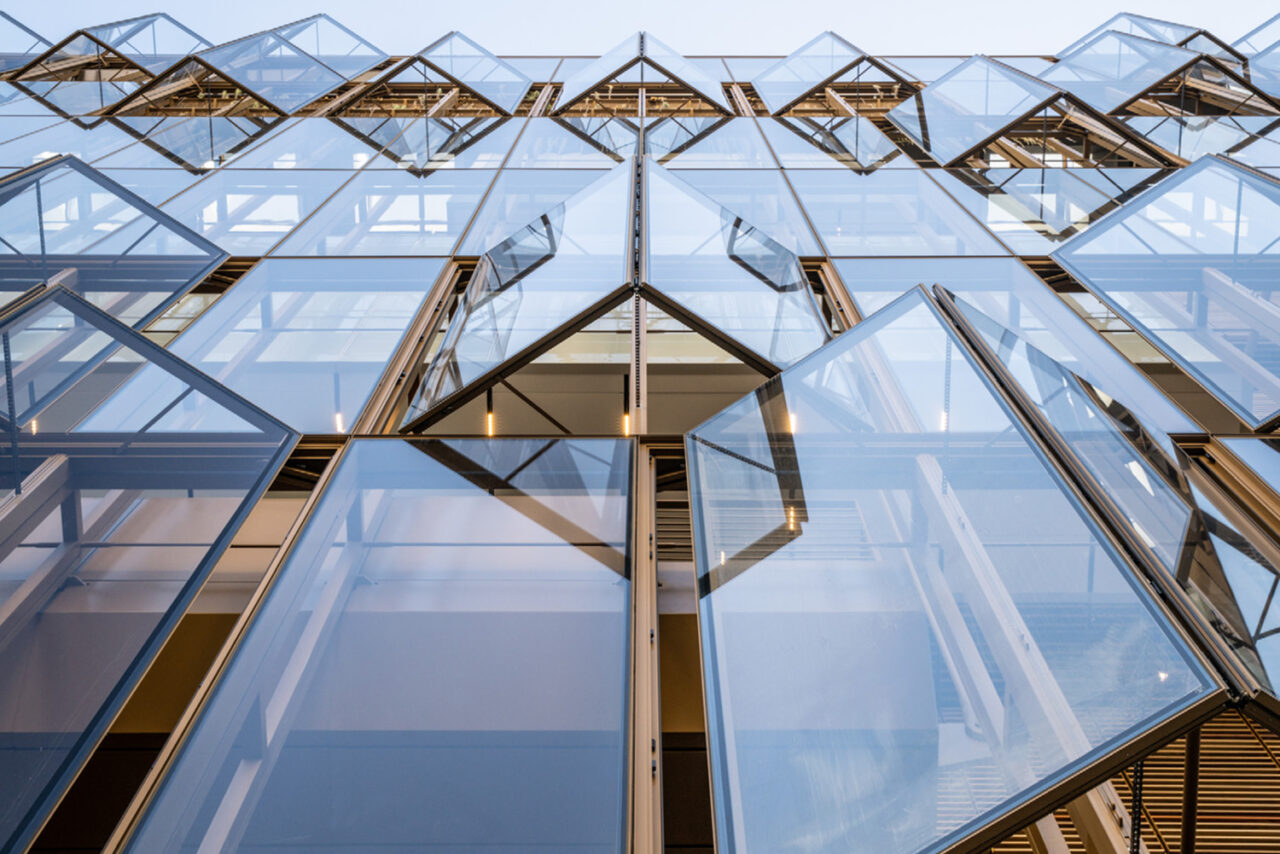by: AIA New York
Sameer Kumar, FAIA, NOMA, is a recognized expert of building enclosure design. Through the breadth of his practice and teaching, focused on building performance and material innovation, he has profoundly influenced the profession of architecture. He is the Founder of Techne, a building enclosure design and consulting firm based in New York. With over 23 years of experience in the field of architectural facades, Kumar’s accomplishments represent a consistent pursuit of design excellence through the balance of craft and environmental performance in a wide variety of material expressions on several prominent projects around the globe. Kumar extends his contributions to the architecture profession through his academic engagement as visiting faculty member with Princeton University and the University of Pennsylvania, as well as through active participation in various architectural conferences as speaker and panelist.
This year, the Jury of Fellows of the AIA elevated Kumar to its prestigious College of Fellows in the second category of Fellowship, which recognizes architects who have made efforts “To advance the science and art of planning and building by advancing the standards of practice,” according to the organization’s definition. Only three percent of the AIA’s membership is distinguished with Fellowship. Kumar’s distinction will be celebrated at the AIA Conference on Architecture from June 5–8 in Washington, DC, and was also recognized at AIA New York’s Center for Architecture during the 2024 New Fellows Celebration.
Q: How/why did you decide to pursue architecture?
I had decided to pursue architecture at the age of around 15, well before I knew what it was! In hindsight, I believe I was driven by my love of drawing and a desire to buck the trend of pursuing medical or engineering fields, which was very common all around me in India. At that time, I was quite unaware of the aspects of architecture that I have since grown to love, and which I have gradually discovered through my education and into the professional life. Over time, I have grown to enjoy the drama that results from the pursuit of excellence within the context shaped by complexity and competing aspirations in architecture.
Q: What is influencing your work the most right now?
The changing paradigm of “good practice” and “high performance” in the light of Climate Change, driven by the urgent need to decarbonize the built environment and the building industry is, by far, the most influential issue of our times and is shaping my current work and thinking. After spending the last two decades mastering the design of buildings towards an eye of operational carbon, the emergent shift towards reducing embodied carbon as a core pursuit is likely to upend our entire knowledge systems and force us to relearn the fundamentals of our work. I am actively pursuing new knowledge and challenging myself to step out of my comfort zone in my practice and my teaching.
Q: How do you feel about the state of the industry right now?
We are an industry in transition. I feel this to be more true today than when I began my career in the aftermath of 9/11. We are faced with simultaneous crises: one pertaining to the ever-worsening conditions of equity and equality in the socio-economic/political realm, the other pertaining to global warming. I expect both to bring deep transformations into the culture of our profession. At a personal level, within my sphere of influence, I strive to be an agent of positive change. I would like to, to the best of my abilities, ensure that I do my part in shaping our profession to be more inclusive, optimistic, and inspirational for the generations that are yet to come.
Q: What are your thoughts on architectural education today?
The education system, just like the profession, is gradually embracing the new paradigms and evolving in order to better equip our young professionals for the challenges of our times. Our collective response to the Climate Crisis, which we now understand as decarbonization of the built environment, can only happen through our engaging with the material aspects of architecture. Embodied carbon is a material characteristic; we must invest in educating the next generations all aspects of material processes and materially-driven design paradigms to be able to have any influence on that conversation. As an teacher, I emphasize the need for young professionals to embrace the material practice of architecture with enthusiasm and conviction.
Q: What do you see as an architect’s role—and responsibility—within our culture?
The architect’s fundamental responsibility to society is to enable and ensure a safe, healthy, high-quality built environment. Of course, there are so many determinants of architecture, like culture, climate, economics, labor conditions, etc., that an architect must not only engage with as many of these as we can, but we must also process the complexity resulting from these in our responses to the architectural problems that the society poses for us. It is our responsibility to do our part in creating spaces that benefit and engender good health (physical, mental, social, etc.) for our fellow citizens and our efforts result in a fair, just and equitable society.
Q: Is there anything else you’d like us to include?
I would like to use this opportunity to highlight a debate within our profession regarding “generalist” vs “specialist” (“design” vs “technical”?) architects, which, I have found myself drawn into several times over my career. The debate could be reframed as a question as to whether we architects, as individuals and as a collective, are better served by acquisition of a wide-ranging, “diverse” knowledge base or a narrow-focused, “deep” knowledge base. In my opinion, this is a moot debate: architecture needs both. There has never been a question that the vast diversity of architectural determinants require individuals who can surf across many oceans of knowledge, knowing where a deep dive may be necessary. Equally important are the deep divers: the specialists who invest their lives in deep study within their field and extend the collective wisdom by solving similar problems multiple times on a diversity of projects and therefore, enabling knowledge retention and transfer across contexts. I wish that our profession can put this debate behind and acknowledge an equal value for architects of all personalities and persuasions, and enable design cultures where all feel equally gratified and acknowledged.
Editors’ Note: This feature is part of a series celebrating the members of the American Institute of Architects (AIA) New York Chapter who are elevated each year to the AIA College of Fellows, an honor awarded to members who have made significant contributions to both the profession and society. Learn more about Fellowship here.













